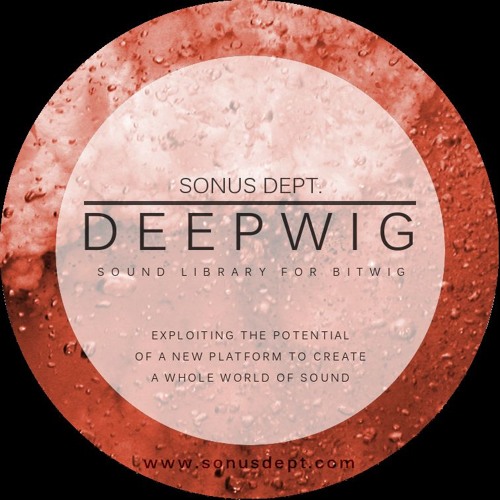
In fact, Bitwig's GUI in general feels slightly more user-friendly than Live's. Still, for one-monitor musos, Bitwig's Clip Launcher trumps Live's comparatively clunky two-window solution.

Bitwig also supports up to three monitors, enabling even more expansive use of both views - although since Live finally introduced dual monitor support in version 9.1, this isn't quite the talking point it would have been a few months ago. While it might seem trivial at first glance, arguably Bitwig's biggest innovation is its ability to display the Mix view's Clip Launcher and Arranger side-by-side in one window, making it possible to lay out the arrangement of a track in a traditional, linear manner and experiment with clips at the same time, with the ability to drag clips between the two and keep a constant eye on what's going on in both views.įor those working on a single monitor, this is a fantastic workflow improvement over Live 9.1's two separate windows. Sure, the two have enough similarities, both obvious and subtle, that we could fill this entire review discussing them, but to do so would be to miss the point that Bitwig is packed with plenty of its own well-thought-out features.

Crucially, however, Bitwig Studio doesn't just feel like it's aping Live for the sake of it.


 0 kommentar(er)
0 kommentar(er)
